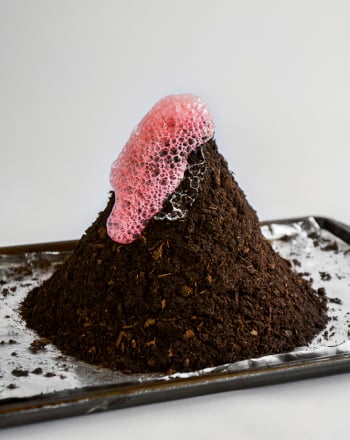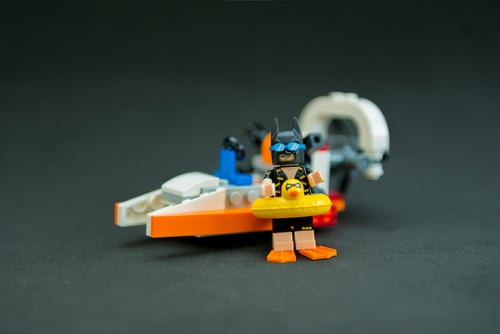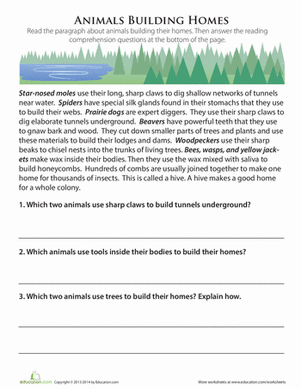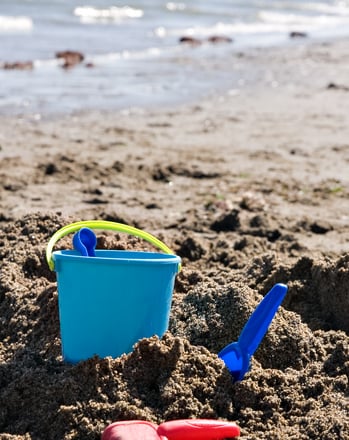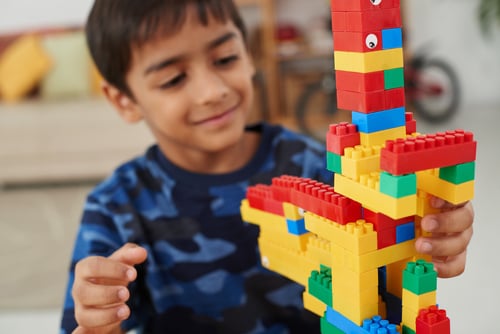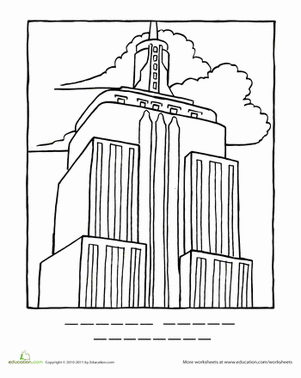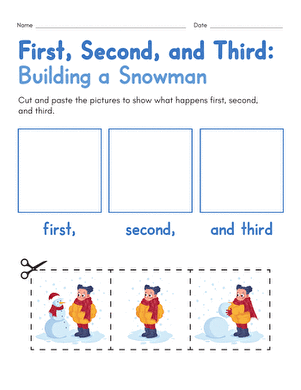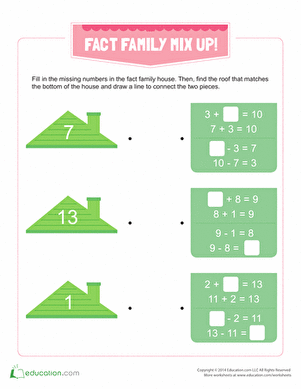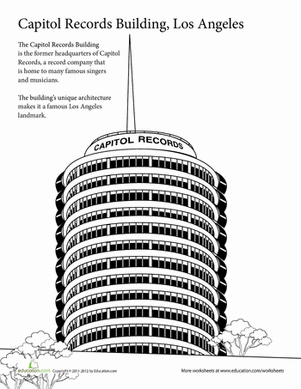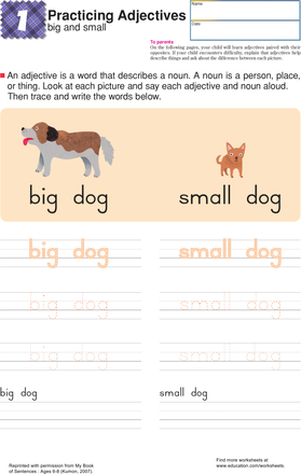Science project
Building a Simulated Volcano
2011 VIRTUAL SCIENCE FAIR ENTRY
Abstract
Volcanoes are very interesting. I wanted to find out what happens inside a volcano. I have read about it and also seen some videos. I made a model of volcano to see how a chemical reaction makes a magma-like liquid flow out of the volcano. I wanted to observe the chemical reaction between baking soda and vinegar which caused the “magma” to come out. I performed the experiment with 3 different amounts of vinegar – ¼ cup, ½ cup and 1 cup. Then I timed the reaction to see which amount made the reaction go longest. I then made a graph of the results and found out that as the amount of vinegar is increased, the reaction goes on for a longer time.
Type
Grade
Difficulty of the project
Cost
Safety Issues
Time taken to complete the project
Objective
- To make a model of a volcano
- To observe a chemical reaction between baking soda and vinegar
- To analyze the effect of different amounts of vinegar on the time of completion of the reaction
Materials and Equipment/Ingredients
- 10 oz bottle
- Large baking pan
- Aluminium foil
- Potting soil
- 4 measuring cups
- 6 teaspoons flour
- 6 teaspoons baking soda
- 4 cups white vinegar
- Spoon
- Funnel
- Red and yellow food coloring
- Water
- Rocks
- Stopwatch
Introduction
A volcano is an opening on a planet’s surface or crust which allows hot magma, volcanic ash and gasses to escape from below the surface. Some well-known volcanoes around the world are Mount Rainier, USA, Mount Etna, Italy; Mauna Loa, Hawaii, USA; Sakurajima, Japan. A volcano in Iceland called Eyjafjallajokull erupted in March 2010. It happens when the hot magma finds cracks on the surface of the planet and forces up or erupts. I made a model using a chemical reaction between baking soda and vinegar to simulate the gasses and magma flow. When the baking soda (base) reacts with vinegar (acid) it forms the gas, carbon dioxide. The gas expands and escapes through the opening of the bottle. The gas, flour and food colorings makes foam which looks like the glowing magma in a volcano.
I wanted to explore the chemical reaction. So I did the experiment with 3 different amounts of vinegar – 1/4cup, 1/2cup and 1 cup. Increasing the amount of the ingredient increased the time that the “magma” flowed out of the volcano.
Terms and concepts for Background Research
- Volcano
- Magma
- Crust
- Baking soda
- Vinegar
- Chemical reaction
- Acid and base
- Carbon dioxide
Research Questions
- What is a volcano?
- How does the magma in a volcano flow?
- What happens when vinegar is added to a mixture of flour and baking soda?
- Does changing the amount of the vinegar change the amount of gas released (or time of the reaction)?
Experimental Procedures
- A 10oz juice bottle was placed on an aluminium-foil lined baking pan
- Potting soil was added to the pan and shaped like a mountain. Rocks were added to the mountain.
- Using a funnel, add 2 teaspoonfuls baking powder and 2 teaspoonfuls flour.
- Add 8 drops of red food coloring and 4 drops of yellow food coloring.
- Using the funnel, add ¼ cup of vinegar to the bottle.
- Start the stop watch as the foam starts to come out of the mouth of the bottle and measure the time it takes for the reaction to complete (till the foaming stops).
- Repeat the experiment using ½ cup vinegar and 1 cup vinegar and note down the time for each experiment.
Results
When vinegar was added to the mixture of flour, baking soda and the food coloring, a gas was released which along with the solids formed a magma-like foam.
Time to completion of the reaction when different amounts of vinegar were added:
- 1/4cup : 24 seconds (picture below)

- 1/2cup: 45 seconds (picture below)

- 1 cup: 76 seconds (picture below)

Refer to the picture of the posterboard for detailed graph of these results.


Conclusions
- The molten magma comes out of the cracks in the earth when the pressure builds up under the surface, just like the carbon dioxide gas in the bottle
- The amount of vinegar in the reaction decides how long the reaction lasts for – more the amount, longer the reaction.
Questions for further research
I would like to know what happens if the amount of baking powder, the other part of the reaction is changed. Also, if I did not add the flour, will the reaction change or just look different?
I would like to learn more about different kinds of volcanoes around the world, what happens to the magma once it comes out of the volcano and if there are any volcanoes on other planets.
Bibliography
Education.com provides the Science Fair Project Ideas for informational purposes only. Education.com does not make any guarantee or representation regarding the Science Fair Project Ideas and is not responsible or liable for any loss or damage, directly or indirectly, caused by your use of such information. By accessing the Science Fair Project Ideas, you waive and renounce any claims against Education.com that arise thereof. In addition, your access to Education.com's website and Science Fair Project Ideas is covered by Education.com's Privacy Policy and site Terms of Use, which include limitations on Education.com's liability.
Warning is hereby given that not all Project Ideas are appropriate for all individuals or in all circumstances. Implementation of any Science Project Idea should be undertaken only in appropriate settings and with appropriate parental or other supervision. Reading and following the safety precautions of all materials used in a project is the sole responsibility of each individual. For further information, consult your state's handbook of Science Safety.
